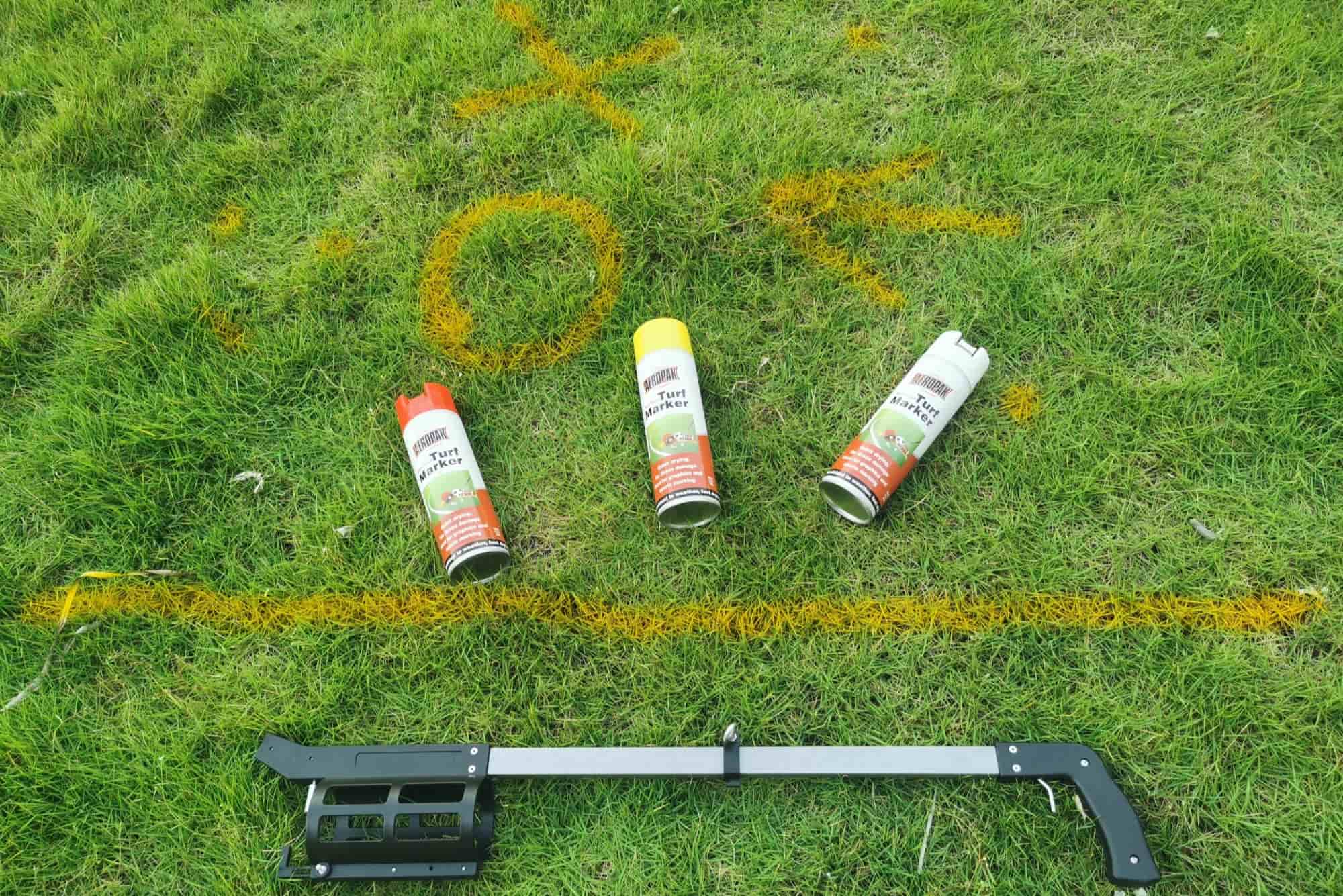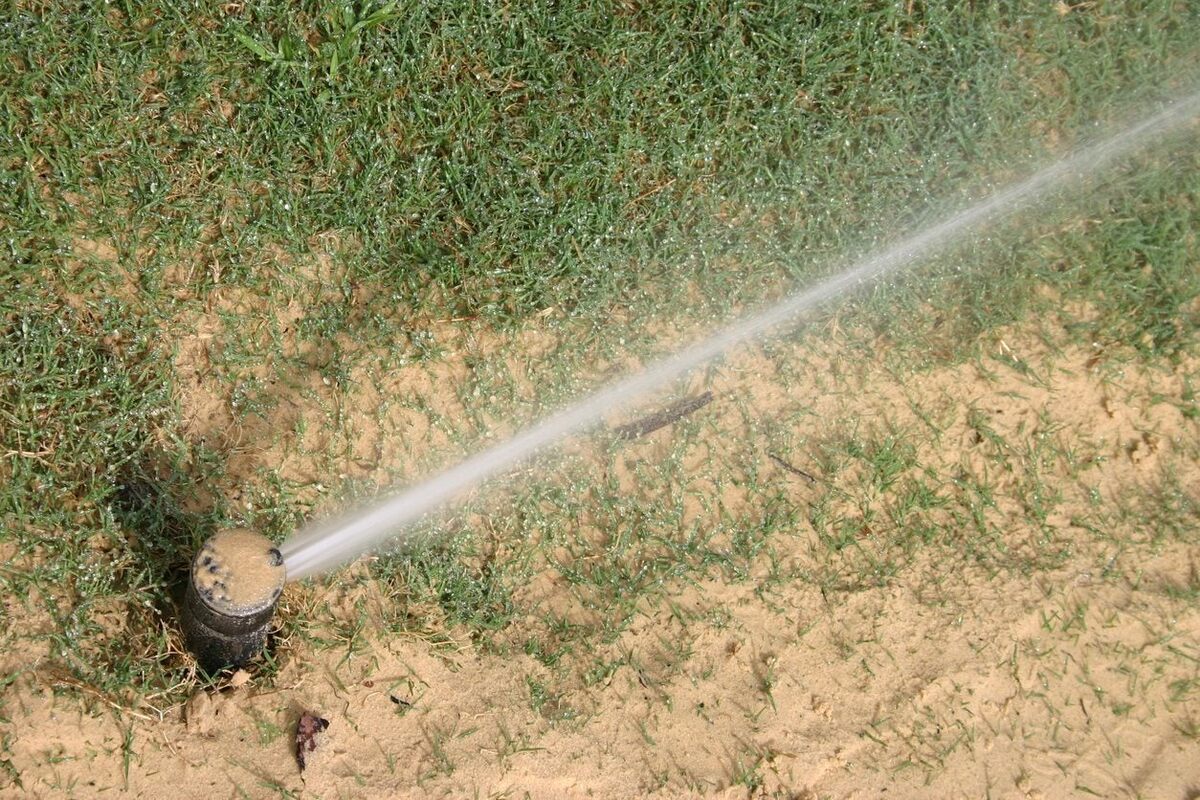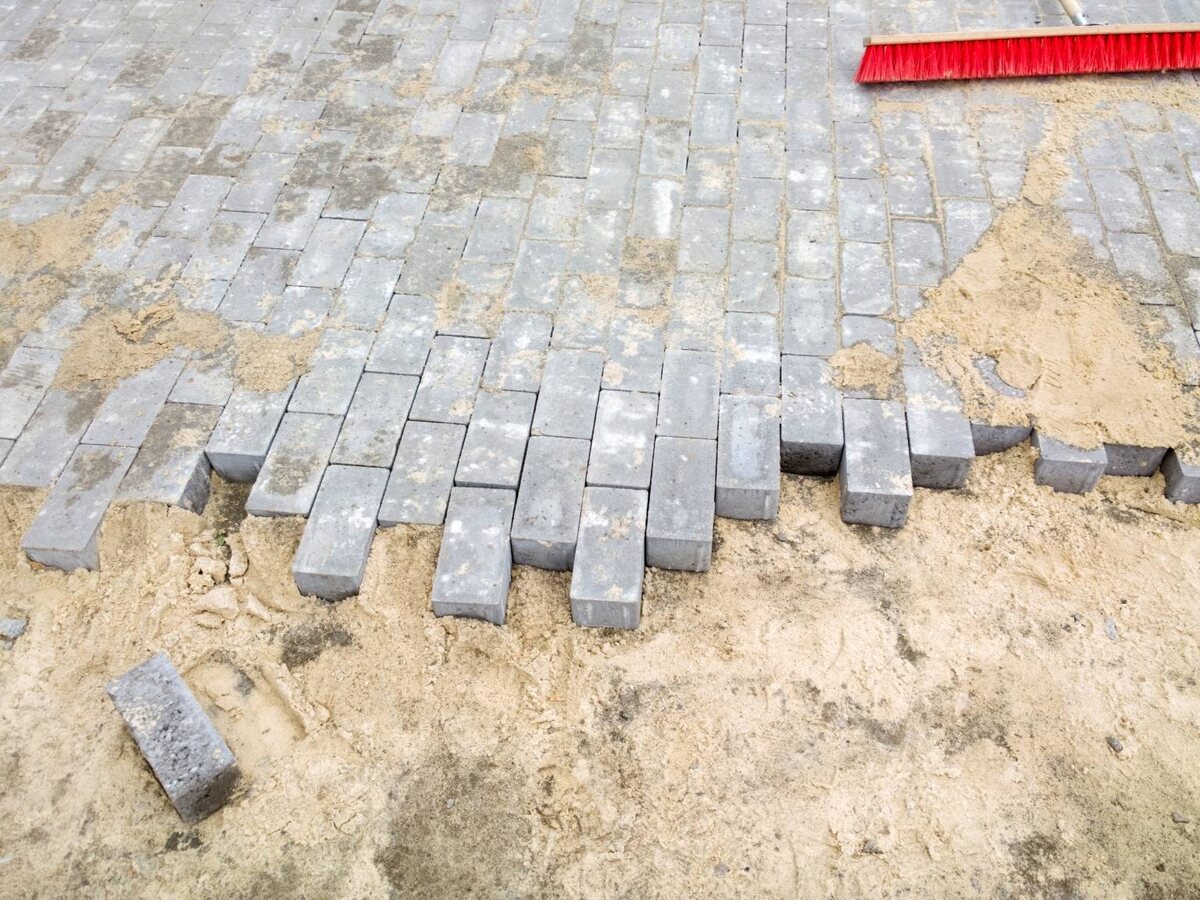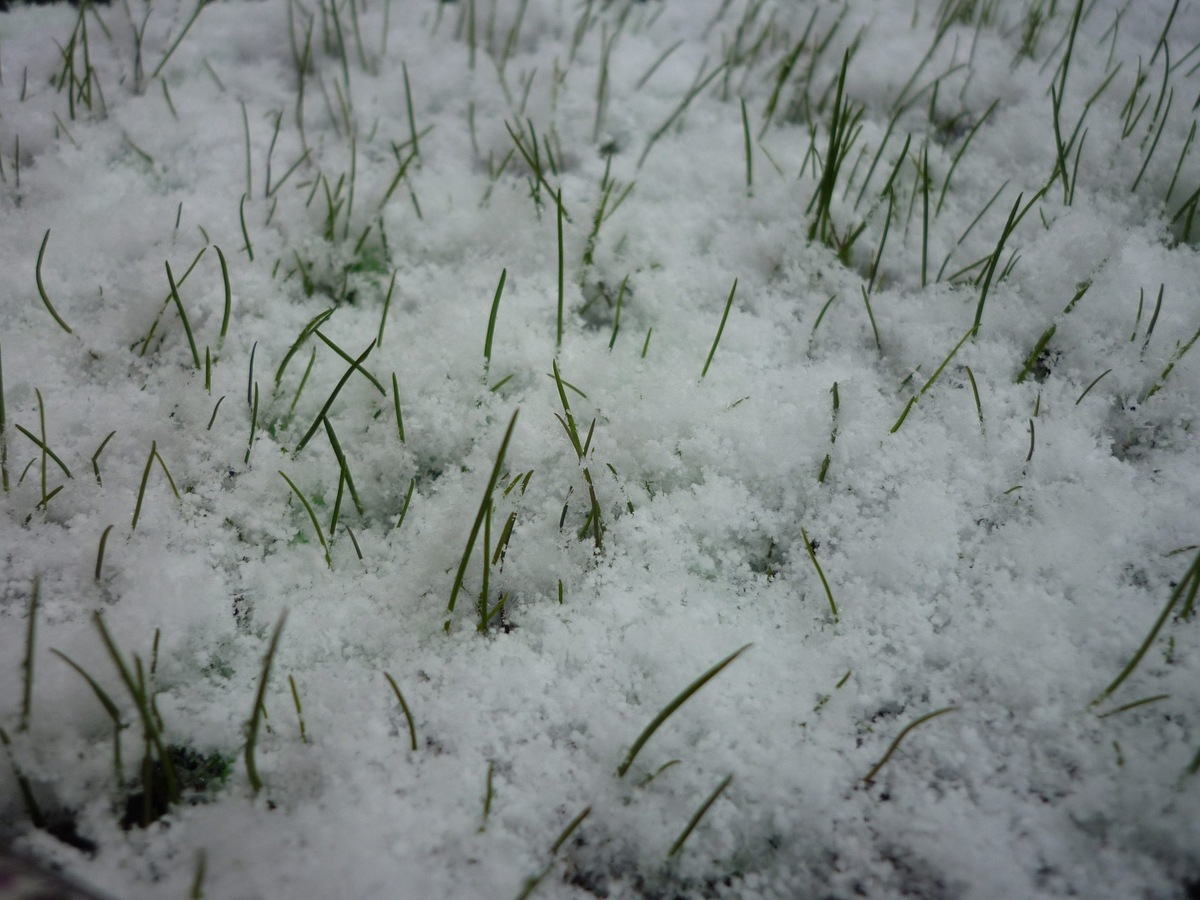Home>Gardening & Outdoor>Landscaping Ideas>When Signaling For Help, What’s Wise: Walking Or Marking In Snow, Grass, Or Sand


Landscaping Ideas
When Signaling For Help, What’s Wise: Walking Or Marking In Snow, Grass, Or Sand
Modified: February 18, 2024
Discover the best landscaping ideas for signaling distress, whether it's walking or marking in snow, grass, or sand. Learn what's wise when seeking help in outdoor environments.
(Many of the links in this article redirect to a specific reviewed product. Your purchase of these products through affiliate links helps to generate commission for Storables.com, at no extra cost. Learn more)
Introduction
Welcome to the great outdoors, where adventure and exploration often go hand in hand with unpredictability. Whether you find yourself hiking through a snow-covered forest, traversing vast grasslands, or strolling along sandy shores, the possibility of needing help in an emergency situation is a reality that every outdoor enthusiast should be prepared for. When it comes to signaling for help in such scenarios, the decision between walking to seek assistance and marking your location for potential rescuers is a crucial one.
In this article, we will delve into the art of signaling for help in various terrains, exploring the factors to consider when choosing between walking and marking. We will examine the unique challenges and opportunities presented by snow, grass, and sand, providing valuable insights to help you make informed decisions in outdoor emergencies. So, let’s embark on this enlightening journey and discover the wisdom of signaling for help in different natural settings.
Key Takeaways:
- Signaling for help in outdoor emergencies is crucial for safety. Factors like severity, visibility, resources, and terrain navigability should inform the decision to walk or mark your location for potential rescuers.
- In snow, grass, and sand terrains, using visible, reflective, and auditory signals can enhance visibility and guide rescuers to the precise location of distress. Tailoring signaling methods to each terrain is key for effective communication.
Read more: Why Does Sand Help Grass Grow
The Importance of Signaling for Help
When venturing into the wilderness, whether for a leisurely hike or an extended camping trip, it’s essential to acknowledge the potential risks and uncertainties that come with exploring nature’s diverse landscapes. In the event of an unforeseen mishap or emergency, the ability to signal for help can make a critical difference in ensuring a swift and effective rescue.
Signaling for help serves as a lifeline, connecting individuals in distress with the assistance they urgently require. It not only facilitates the arrival of rescue teams but also increases the likelihood of being located by fellow hikers or passersby who can provide immediate aid. The importance of signaling for help cannot be overstated, as it can mean the difference between a timely rescue and prolonged exposure to danger.
Furthermore, effective signaling can minimize the scope of a search operation, expediting the process of locating and reaching those in need. This is particularly vital in remote or challenging terrains where visibility and accessibility may be limited. By understanding the significance of signaling for help, outdoor enthusiasts can prioritize preparedness and equip themselves with the knowledge and tools necessary to communicate distress signals effectively.
As we delve deeper into the nuances of signaling in specific terrains, it’s crucial to recognize that each environment presents unique challenges and considerations. Whether it’s the vast expanse of snow-covered landscapes, the dense and undulating grasslands, or the shifting dunes of sandy shores, the method of signaling must be tailored to suit the distinctive characteristics of each terrain.
Now that we’ve underscored the criticality of signaling for help in outdoor emergencies, let’s explore the factors that should inform the decision-making process when choosing between walking to seek assistance and marking your location for potential rescuers.
Factors to Consider When Choosing Between Walking and Marking
When faced with an emergency situation in the great outdoors, the decision to either walk in search of help or stay put and mark your location demands careful consideration. Several factors should influence this pivotal choice, ensuring that the selected course of action aligns with the specific circumstances at hand.
First and foremost, it’s essential to assess the severity of the situation. If the emergency is life-threatening and immediate medical attention is required, walking toward potential assistance may be the most viable option. Conversely, in cases where the situation allows for temporary stability and the risk of exacerbating injuries during movement is high, marking the location becomes a more prudent choice.
Another crucial consideration is the visibility of the terrain. In environments where visibility is limited, such as dense fog or heavy snowfall, walking to seek help can be perilous and may lead to disorientation or further straying off course. In such scenarios, marking the location with visible signals becomes imperative, guiding rescuers to the precise point of distress.
The availability of resources also plays a pivotal role in decision-making. If you have essential supplies, including signaling devices, ample water, and protective gear, staying put and marking your location can increase your chances of being located and sustained while awaiting rescue. Conversely, if resources are scarce and the immediate surroundings offer no means of sustenance or shelter, embarking on a careful and calculated journey to seek help may be necessary.
Furthermore, the terrain’s navigability and the presence of identifiable landmarks are critical factors. In terrains where navigation is challenging and landmarks are scarce, the risk of getting lost or disoriented while walking for help increases significantly. Conversely, in terrains with distinct landmarks and clear paths, the likelihood of successfully navigating toward assistance is higher, making walking a more viable option.
By carefully weighing these factors and evaluating the specific circumstances of the emergency, individuals can make informed decisions regarding whether to walk in search of help or mark their location for potential rescuers. Now, let’s delve into the nuances of signaling for help in snow, grass, and sand, exploring the unique considerations and strategies applicable to each terrain.
Signaling in Snow
When faced with an emergency in a snow-covered landscape, effective signaling is paramount to ensure swift assistance. The pristine whiteness of snow presents both challenges and opportunities for signaling, demanding strategic approaches to maximize visibility and convey distress signals effectively.
One of the most effective methods of signaling in snow is by creating large, visible markings that contrast sharply with the surrounding terrain. This can be achieved by using available materials, such as branches, rocks, or items from your emergency kit, to form conspicuous symbols or letters in the snow. These markings should be designed to catch the eye of potential rescuers from a distance, guiding them toward your location.
Utilizing reflective materials, such as mirrors or emergency blankets, can significantly enhance visibility in snowy environments. The reflective surfaces can be angled to catch and redirect sunlight, creating flashes that attract attention from afar. Additionally, incorporating bright colors, such as red or orange, into your attire or signaling devices can bolster visibility against the snow’s uniform backdrop.
In snow-covered terrains, the use of auditory signals can also be effective. Whistles or signaling horns can penetrate the quietude of snow-laden landscapes, alerting nearby individuals or rescue teams to your presence. When employing auditory signals, it’s crucial to establish a consistent pattern of sound to distinguish the signals from natural ambient noise.
Furthermore, taking advantage of natural features in the snowscape, such as creating large arrows or patterns that stand out against the snow, can aid in directing rescuers toward your location. By leveraging the expansive canvas of snow to craft conspicuous signals, individuals in distress can effectively communicate their need for assistance in these challenging environments.
As we navigate the complexities of signaling in snow, it’s essential to recognize the significance of adapting to the unique characteristics of this terrain. By employing a combination of visual, auditory, and reflective signaling methods, individuals can increase their visibility and bolster their chances of being located and rescued in snow-covered landscapes.
When signaling for help, it’s wise to use both walking and marking in snow, grass, or sand. Walking can create a visible trail, while marking with symbols or letters can attract attention from a distance.
Signaling in Grass
When navigating through expansive grasslands or dense vegetation, the art of signaling for help takes on unique considerations. The lush greenery of grassy terrains presents both challenges and opportunities for effective signaling, necessitating strategic approaches to maximize visibility and convey distress signals with precision.
One of the most effective methods of signaling in grassy environments is by utilizing contrasting colors to create visible markings. For instance, using brightly colored clothing or materials to form conspicuous symbols or letters on the ground can significantly enhance visibility amidst the verdant surroundings. These markings should be positioned in open areas or clearings to ensure maximum exposure to potential rescuers.
Employing reflective materials, such as mirrors or emergency blankets, can amplify visibility in grassy landscapes. The reflective surfaces can be angled to catch and redirect sunlight, creating glints that attract attention from a distance. Additionally, incorporating fluorescent or neon-colored items into your signaling efforts can bolster visibility against the lush green backdrop.
Utilizing natural features in the grassy terrain, such as arranging rocks or branches to form large, discernible patterns, can aid in signaling for help. Creating symbols or signals that contrast with the surrounding vegetation can effectively convey distress messages and guide rescuers to your location. It’s essential to position these signals in elevated areas or clearings to maximize their visibility.
Employing auditory signals, such as whistles or signaling horns, can also be effective in grassy environments. The penetrating sound of these devices can cut through the ambient rustling of vegetation, alerting potential rescuers to your presence. Consistently emitting audible signals can help distinguish them from natural sounds, increasing the likelihood of being located.
As we navigate the intricacies of signaling in grassy terrains, it’s imperative to adapt to the unique characteristics of this environment. By combining visual, reflective, and auditory signaling methods, individuals can enhance their visibility and communicate their distress effectively, increasing their chances of being located and rescued in grass-covered landscapes.
Read more: When To Walk On New Grass
Signaling in Sand
When finding oneself in an emergency situation amidst sandy landscapes, effective signaling becomes paramount to attract attention and facilitate rescue. The vast expanses of sand present both challenges and opportunities for signaling, demanding strategic approaches to maximize visibility and convey distress signals with clarity.
One of the most effective methods of signaling in sandy environments is by creating large, visible markings that contrast sharply with the monotonous terrain. Utilizing available materials, such as rocks, seaweed, or items from your supplies, to form conspicuous symbols or letters on the sand can significantly enhance visibility. These markings should be positioned in open areas or along high-traffic paths to ensure maximum exposure to potential rescuers.
Utilizing reflective materials, such as mirrors or metallic objects, can significantly bolster visibility in sandy landscapes. The reflective surfaces can be angled to catch and redirect sunlight, creating glares that attract attention from a distance. Additionally, incorporating brightly colored items into your signaling efforts can enhance visibility against the neutral backdrop of sand.
Employing natural features in the sandy terrain, such as arranging rocks or creating large, discernible patterns, can aid in signaling for help. Crafting symbols or signals that stand out against the sand can effectively convey distress messages and guide rescuers to your location. It’s crucial to position these signals in areas with high foot traffic or near potential vantage points for maximum visibility.
Utilizing visual signals, such as large, conspicuous arrows or symbols, can aid in directing rescuers toward your location. By leveraging the expansive canvas of sand to craft visible signals, individuals in distress can effectively communicate their need for assistance in these challenging environments.
As we navigate the complexities of signaling in sandy terrains, it’s essential to recognize the significance of adapting to the unique characteristics of this environment. By employing a combination of visual, reflective, and natural signaling methods, individuals can increase their visibility and bolster their chances of being located and rescued in sandy landscapes.
Conclusion
As outdoor enthusiasts, being prepared for emergencies in diverse terrains is fundamental to ensuring safety and security during adventures. The art of signaling for help, whether in snow, grass, or sand, is a critical skill that can make a profound difference in the outcome of unforeseen outdoor predicaments.
By understanding the factors that influence the decision between walking to seek help and marking your location for potential rescuers, individuals can make informed choices tailored to the specific circumstances of the emergency. Assessing the severity of the situation, evaluating visibility, considering available resources, and gauging navigational challenges are pivotal in determining the most effective course of action.
When it comes to signaling for help in diverse terrains, adaptability and resourcefulness are key. In snow-covered landscapes, leveraging visual, reflective, and auditory signals can enhance visibility and guide rescuers to the precise location of distress. In grassy terrains, employing contrasting colors, reflective materials, and natural features can bolster visibility and convey distress signals effectively. Similarly, in sandy environments, utilizing visible markings, reflective materials, and natural features can maximize visibility and aid in signaling for help.
Ultimately, the wisdom of signaling for help lies in the ability to tailor signaling methods to suit the unique characteristics of each terrain, maximizing visibility and effectively conveying distress messages. By equipping oneself with the knowledge and skills to signal for help in diverse outdoor settings, individuals can enhance their preparedness and bolster their safety during wilderness expeditions.
As we embrace the spirit of adventure and exploration, let us also embrace the responsibility of preparedness and safety, recognizing the significance of signaling for help as a vital lifeline in the great outdoors.
Frequently Asked Questions about When Signaling For Help, What's Wise: Walking Or Marking In Snow, Grass, Or Sand
Was this page helpful?
At Storables.com, we guarantee accurate and reliable information. Our content, validated by Expert Board Contributors, is crafted following stringent Editorial Policies. We're committed to providing you with well-researched, expert-backed insights for all your informational needs.















0 thoughts on “When Signaling For Help, What’s Wise: Walking Or Marking In Snow, Grass, Or Sand”